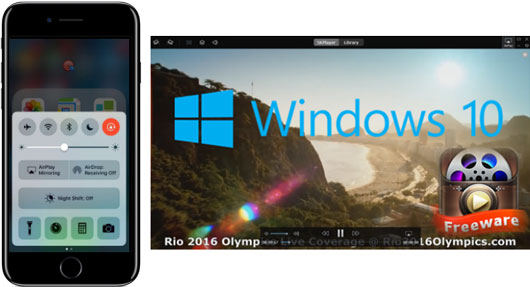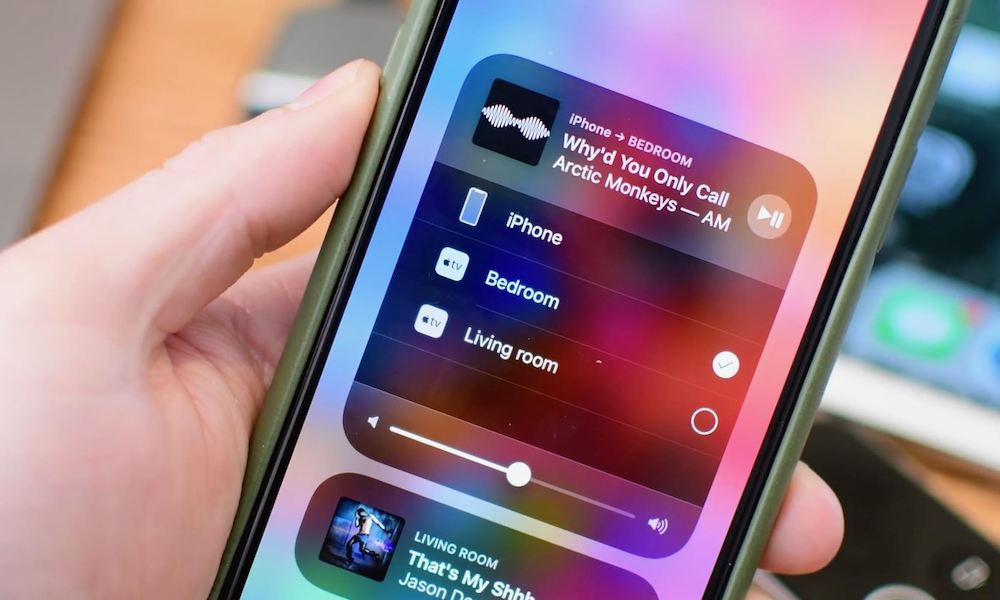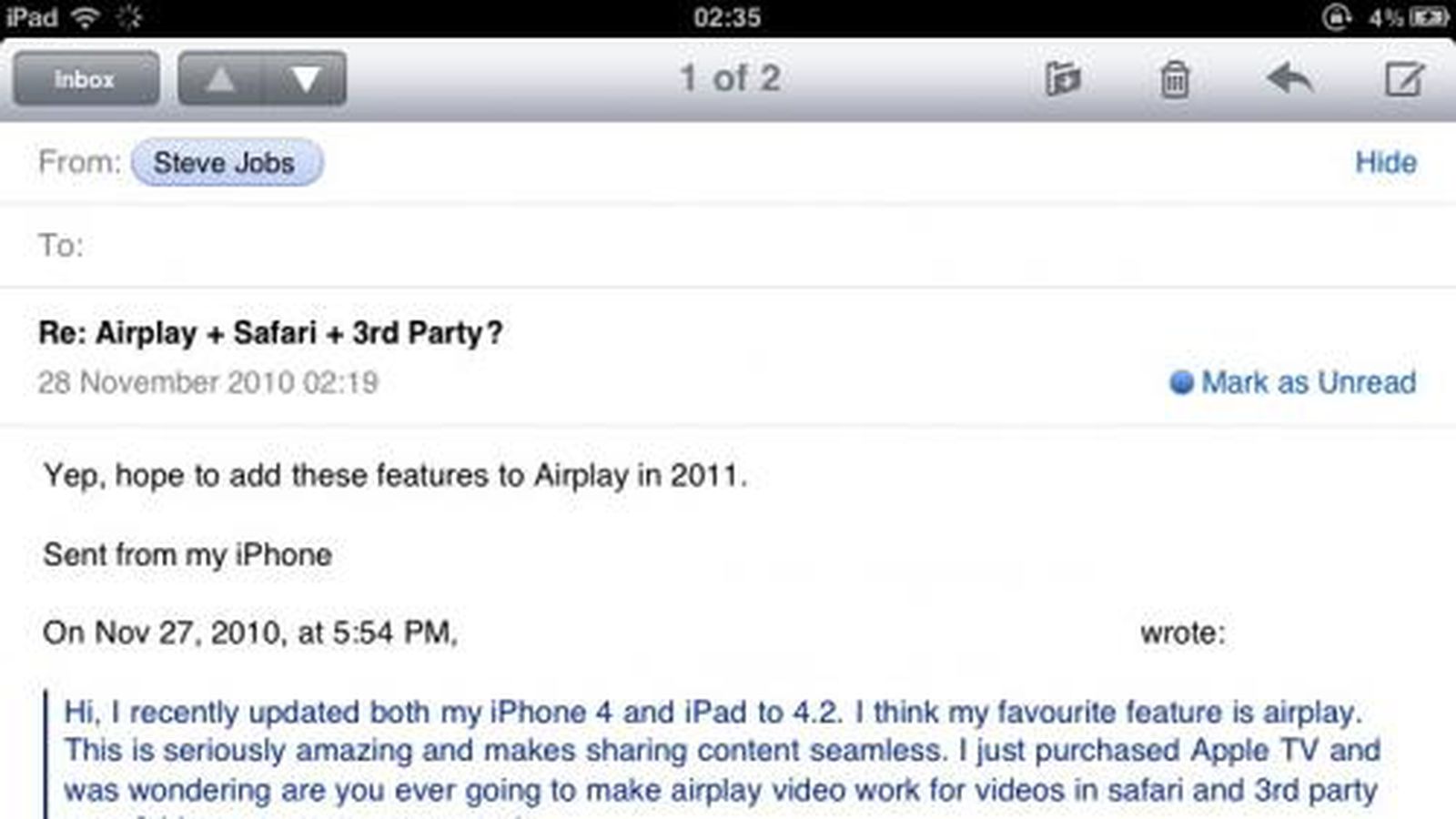

- #FREE AIRPLAY APPS FOR MAC 2010 HOW TO#
- #FREE AIRPLAY APPS FOR MAC 2010 ANDROID#
- #FREE AIRPLAY APPS FOR MAC 2010 PRO#
- #FREE AIRPLAY APPS FOR MAC 2010 TV#
On the audio side, plenty of big products support AirPlay 2. The following Apple products fulfil that criteria. To support AirPlay 2, an Apple product must run iOS 11.4 or later, or the equivalent iPadOS or tvOS version.
#FREE AIRPLAY APPS FOR MAC 2010 ANDROID#
You can't get AirPlay 2 on an Android device.

One key thing about AirPlay 2 is that the music source (and control) is always an Apple product. While Siri is integrated into the HomePod, other speakers (such as the Sonos One) rely on AirPlay 2's connection to your iOS device to speak to Siri. Other benefits of AirPlay 2 include improved audio buffering, integration with Siri voice control and multiple control access across iOS devices (a useful touch for multi-room streaming). This can be done in the Home app, which you’ll also need for any Apple smart home actions.Īfter that, simply access the Control Centre at any point on your iOS device to control which speakers are playing at any time, both individually and as a group. Much like Sonos’s app, you can define where in your house the speaker is located, using labels such as ‘Bedroom’ or ‘Kitchen’ to identify them.
#FREE AIRPLAY APPS FOR MAC 2010 TV#
As long as all the devices are on the same wi-fi network, you just have to access the music controls on your iPhone, Apple TV or MacBook's iTunes and select a connected speaker (or more than one) to send the music to. You can mix-and-match AirPlay-2 compatible speakers from other audio brands to create a more versatile multi-room system. Originally meant to launch with the ( now retired) Apple HomePod smart speaker, it was designed to let you set up two HomePods as a stereo pair (which we’d recommend) and pepper multiple HomePods around your home – all controlled by your iOS devices.īut it’s not restricted to Apple’s own ecosystem. It’s Apple’s first real move into multi-room technology, with AirPlay 2 finally letting you stream music from your iOS device to more than one product. The biggest feature of AirPlay 2? Multi-room. There are even AirPlay 2-compatible TVs available, expanding the experience beyond the AirPlay 2 speaker or AirPlay 2 receiver.īut what's the big deal with AirPlay 2, and which products support it? And if you already own an AirPlay product, can it be automatically updated or will you need to buy new AirPlay 2 devices? We have all the answers… Whether it’s using Apple’s own HomePod or HomePod Mini speakers or other audio brands’ compatible speakers (including the 'plays nice with AirPlay 2' Sonos One), Apple has certainly made its mark in the multi-room market. But typically Apple, when it did finally join it became the life and soul of the party, with knockout performance and products to compliment it. Apple is rarely at the bleeding edge with new technologies, but even by its standards, 2018 was a little late to be joining the multi-room party – such devices had become a household staple over the preceding decade or so.

Learning about the format restrictions on iPad AirPlay and corresponding solutions first before streaming a media file.What's the big deal? First and foremost, AirPlay 2 supports multi-room streaming. Tips Worth Knowing First Before iPadOS iPad AirPlay
#FREE AIRPLAY APPS FOR MAC 2010 PRO#
With this standalone program, any Mac computer will replace the role of Apple TV for the new iPad Pro 2. However, the gap where users can't AirPlay iPad to Mac, or airplay iPhone to Mac, Windows wasn't filled-in until the introduction of 5KPlayer - the free AirPlay receiver that works independently from either iTunes or QuickTime. By and large, this technology is meant to help devices (Apple or non-Apple: AirPlay iPad to Apple TV) greet & understand signals from each other to achieve the replication of images, videos, music and photos from one another.
#FREE AIRPLAY APPS FOR MAC 2010 HOW TO#
What is iPad AirPlay & How to Use iPad for AirPlay ot Mac?ĪirPlay as Apple's universal wireless streaming protocol was first called AirTunes in 2004, and it got the current name AirPlay in 2010.


 0 kommentar(er)
0 kommentar(er)
